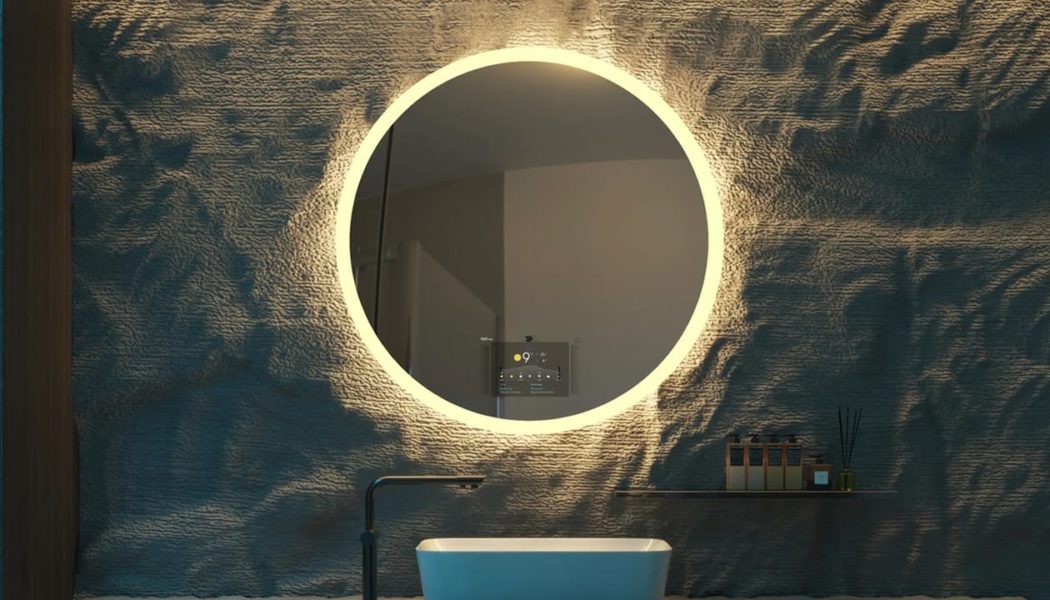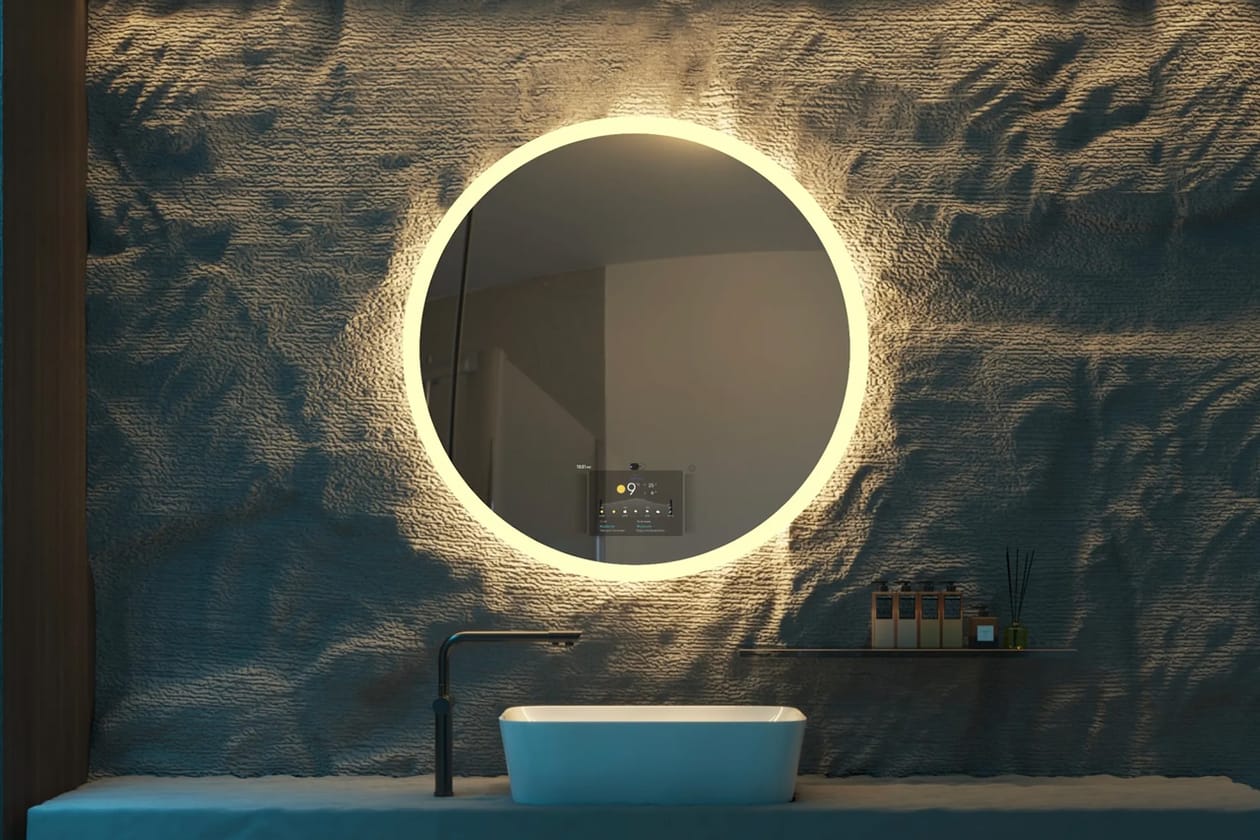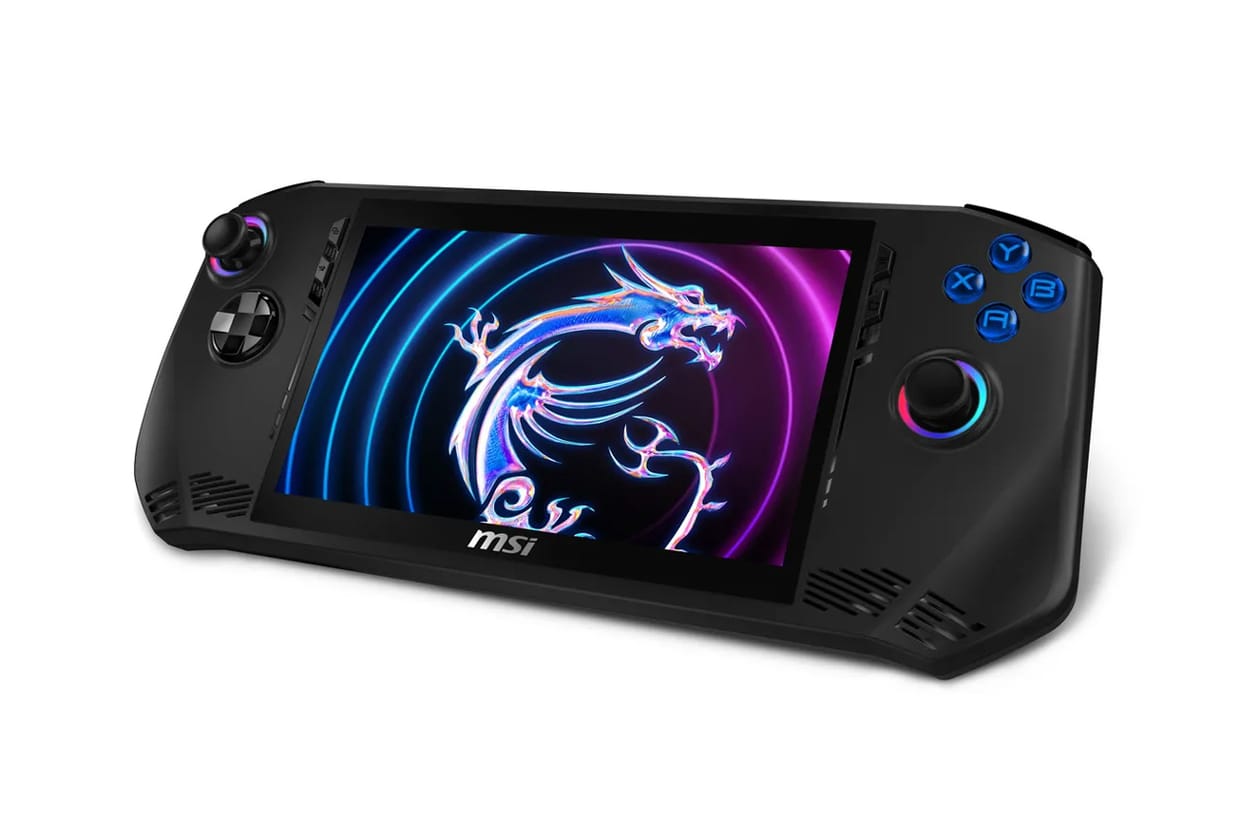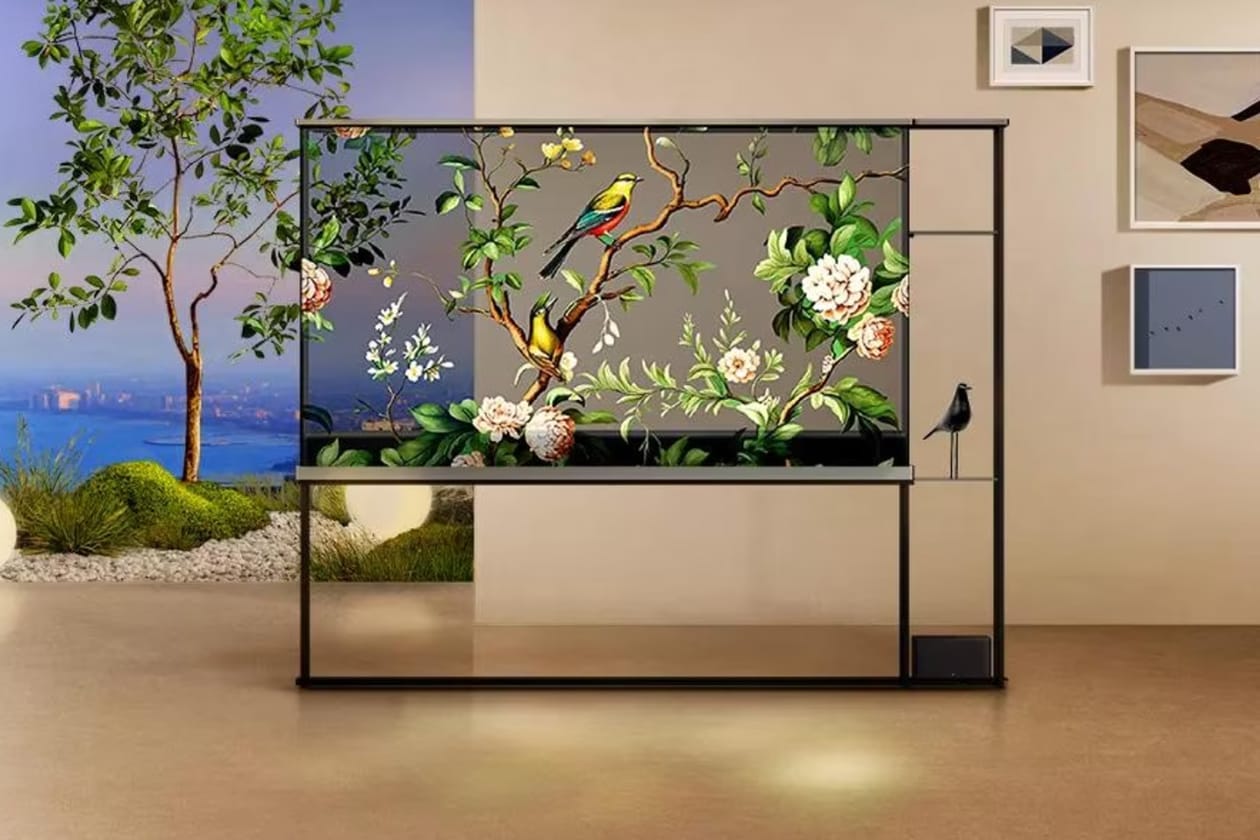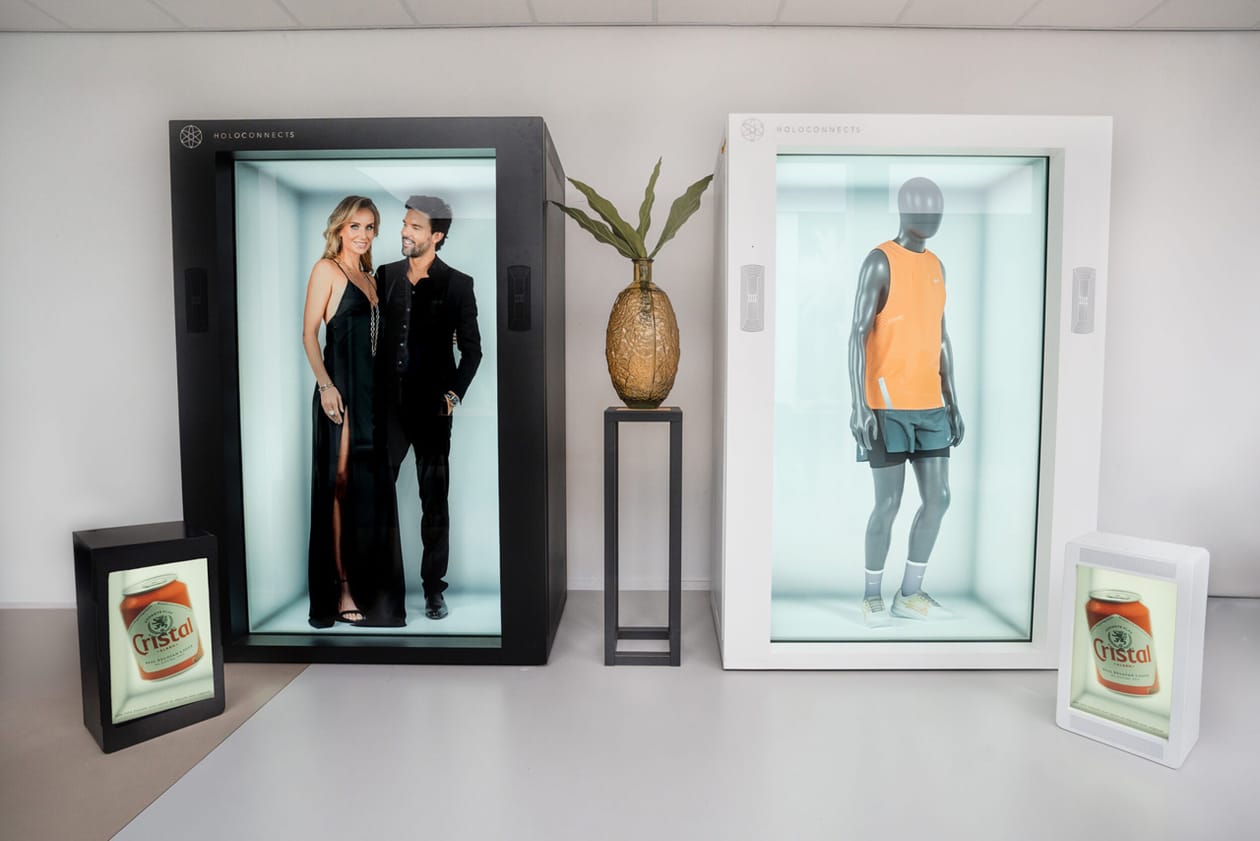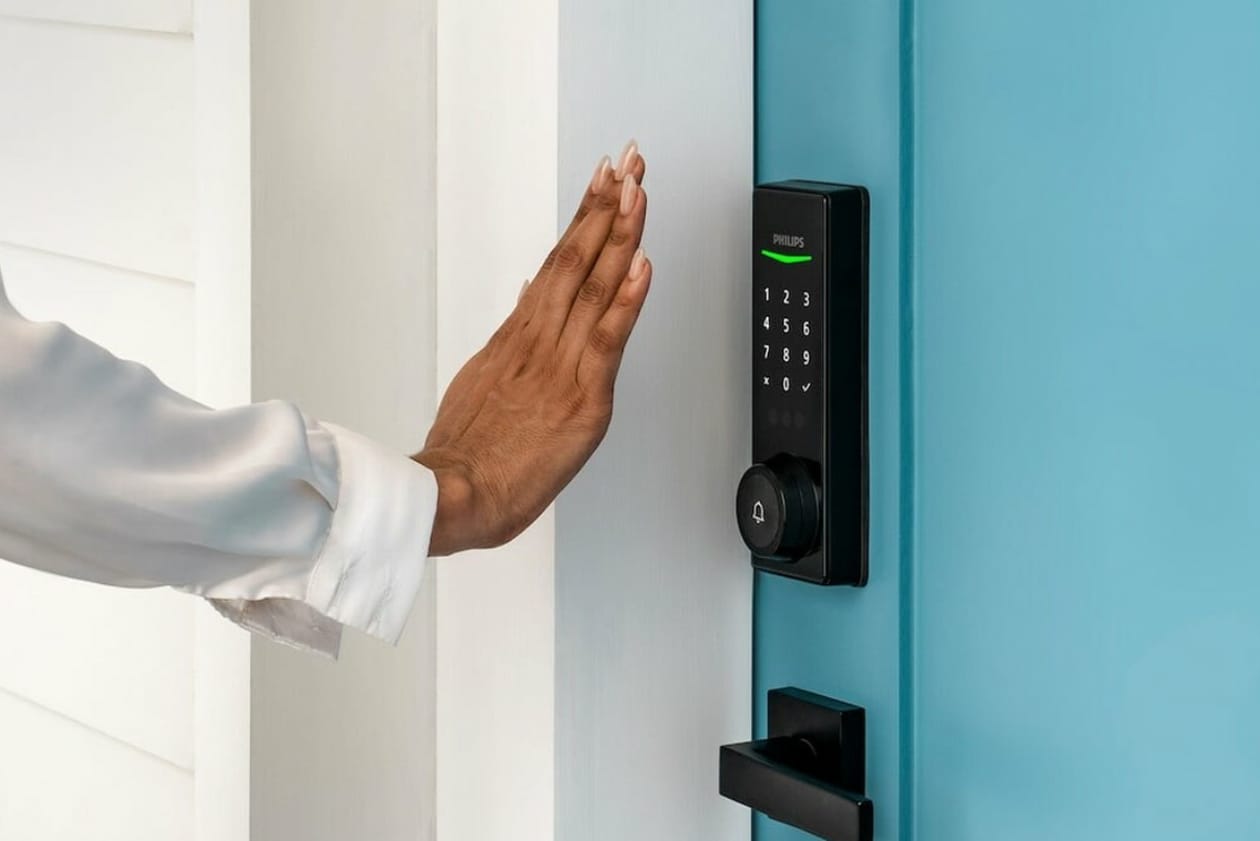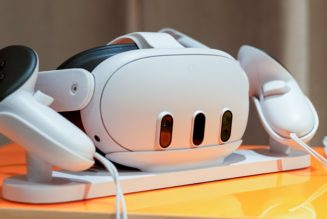Every corner of technology, from medical devices to gaming accessories, is fair game at the annual Consumer Electronics Show in Las Vegas. This year, the trade show played host to 4,000 exhibitors and, naturally, there were a few recurring patterns in the products being shown. Overall, AI was omnipresent throughout the event, used to power gaming hardware, robots and appliances alike. Other gadgets and hardware were comparably unexpected, including a surprise showdown between Samsung and LG.
As CES 2024 comes to a close, Hypebeast has rounded up some of the dominant trends that were on display.
Advancements in AI
The prevalence of AI at CES 2024 was unsurprising, as advancements in technology have dominated the industry’s discourse in recent months — though the sheer variety of AI-enabled software and products being presented was refreshing. Among the most impressive uses of AI was an “Innovation Awards Honoree,” the BMind Smart Mirror. Developed by Baracoda Daily Healthtech, the bathroom mirror is designed to improve self-worth and mental health. As users stand in front of the mirror, it uses facial and gesture recognition and voice commands to analyze one’s expression and tone. It’ll then provide recommendations and affirmations and improve one’s mental state based on their current level of well-being.
Cappella, meanwhile, shone in the AI-powered app space. The app claims an ability to “translate” voice recordings of a baby’s cries to determine their needs. Cappella says that the app is 95% accurate, compared to the typical 30% accuracy with which humans can guess their baby’s needs. Other uses of AI were more traditional, albeit less flashy. HP rolled out a powerful chip, the HP Spectre x360 14, for its laptop of the same name, which is packed with subtle, AI-enabled features such as a screen that automatically dims when a user looks away.
Mercedes also engineered an immersive, AI-enabled experience for driving a Mercedes-AMG. The automaker utilizes a combination of sensors and software for MBUX SOUND DRIVE, an in-car experience that corresponds music to the driver’s actions, whether they’re speeding up, slowing down or stopping at a red light. The cutting-edge tech is described as“transforming the car into a “virtual musical instrument” and launched with a campaign fronted by the experiential-focused artist, will.i.am.
Next-Generation Gaming
Gaming hardware is a recurring trend at CES. Razer inked an exciting partnership with Samsung to help develop its Blade 16 Laptop. Featuring a 240Hz OLED panel, the gaming laptop has a 0.2ms response time and a 100% DCI-P3 rate, meaning the computer can reproduce all of the colors that may appear in a given game with complete accuracy.
For those who prefer to play on a larger screen but don’t want to shell out on a monitor, the 100-inch XGIMI Aladdin projector is built to specifically showcase games at 1080p resolution. It’s also entirely controlled through voice commands.
MSI and Hyperkin took size in the opposite direction with new handhelds. MSI’s Claw A1M handheld is the first of its kind to pack Intel’s cutting-edge gaming chip, the Intel Core Ultra 7-155H, which features an NPU dedicated to processing AI in video games. For those nostalgic for the Sega Genesis, Hyperkin’s Mega 95 revives the bulky aesthetic and updates the model with a 5-inch screen. The handheld is capable of playing original Genesis cartridges thanks to a similar hardware setup as the 1989 controller.
Transparent TV Screens
Samsung and LG both debuted their first transparent screens at CES 2024, making for a showdown no one quite expected. Despite their similar products, the brands took different approaches to their designs. Samsung’s MicroLED TV, true to its name, relies on a microLED panel, which doesn’t require backlighting but can still render sharp images due to the pixel density. The TV was displayed against transparent OLED and transparent LCD models from Samsung to highlight the breakthrough with microLEDs specifically.
LG’s OLED Signature TV, on the other hand, takes up the challenge of implementing OLED technology. When showing content, blacks and greys on the TV appear transparent, simply hued with the color. Samsung’s version appeared to lend itself to greater color saturation but wasn’t totally transparent when turned off. LG’s truly was crystal clear, although the transparency of darker colors means it won’t totally block out the environment behind the TV. Despite their differences, both models were lauded for breaking ground in the transparent screen department, making developments that could be expanded to computers and monitors in the future.
Multi-Purpose Robotics
Many people have a specific image that comes to mind when they think of a robot – a humanoid bot like Ex Machina. At CES, robotics developers remind consumers that a bot can take virtually any form. WIRobotics showed off a belt called WIM, designed to aid seniors and those with limited mobility with walking. Described as an “ultra-lightweight walking assist robot,” WIM locks around a user’s waist and is strapped onto each leg. The bot relies on biomechanics to place resistance on a user’s motions for increased support, similar to the feeling of walking on water. The device pairs with WIRobotics’ AI coaching program to track musculoskeletal data and work towards movement performance goals.
Another standout in the unconventional robotics space is Holoconnects’ Holobox. What looks to be a telephone box is in fact a monitor for displaying 3D renderings of a person, so that you can see who you’re talking to in real-time. 3D hologram technology has already existed for a few years but most devices require a complex setup with several rotating cameras to render an individual. The Holobox merely needs to be plugged into an outlet and for its user to stand in front of a white wall so their likeness can be clearly captured. The company also has a desktop-sized version, the Holobox Mini, if a company wants to take Zoom meetings into the third dimension.
Smart Home Technology
A smart bidet isn’t a necessity, but owning one can make the experience of going to the bathroom just a bit more luxurious. Kohler’s PureWash E930 is a bidet attachment that fixes onto a traditional toilet and can be commanded entirely using one’s voice through compatibility with Amazon’s Alexa and Google Assistant. To turn it on and off, warm the seat and change the water temperature and pressure, all a user has to do is tell the bidet. Amid the growing lineup of smart toilets, which can run into the tens of thousands, the PureWash is a wallet-friendly alternative.
Other companies in the smart home sector made the case that the days of a traditional lock and key are behind us. Lockly‘s new Visage smart lock uses a face-scanning protocol similar to Apple’s FaceID to replace the run-of-the-mill deadbolt, ideal for when one is walking through the door with their hands full of grocery bags. The company is also working on Apple device compatibility so that users can tap their iPhone or use voice commands to unlock the front door.
Philips offered its own security solution, dubbed the Phillips Wi-Fi Palm Recognition Smart Deadbolt. Rather than scanning one’s face, the smart lock takes a scan of an individual’s palm vein pattern. The lock can save up to 50 palm patterns at a time and doubles as a doorbell.
